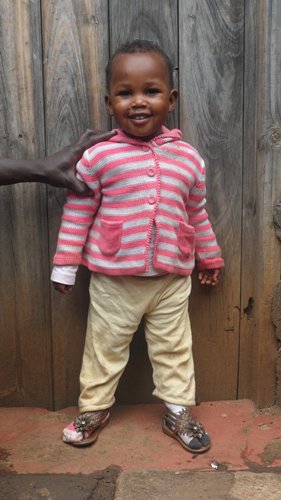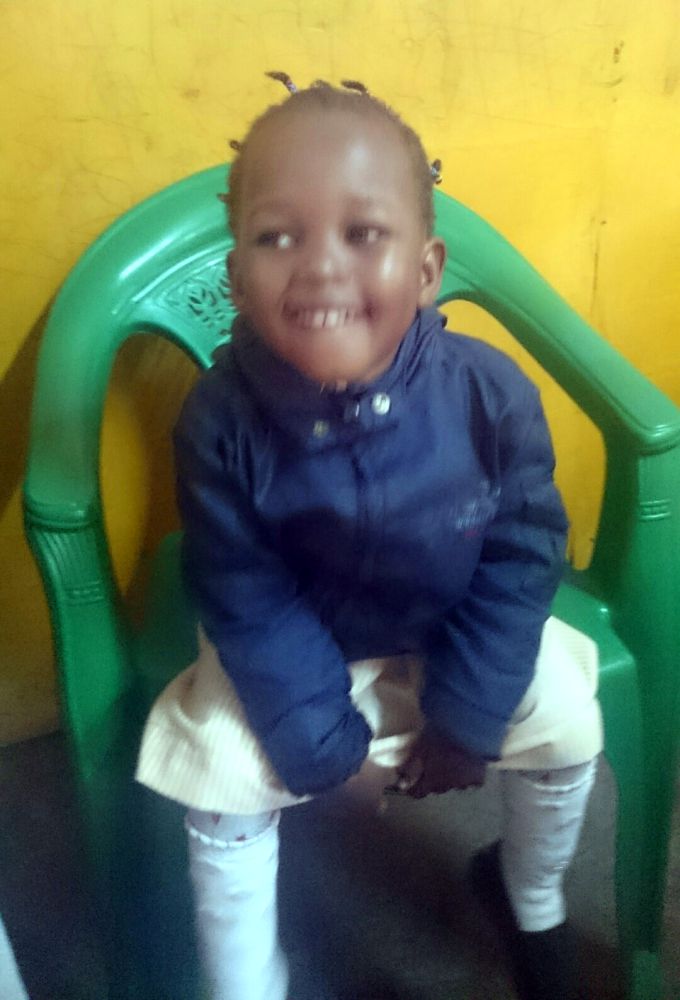At Montessori Children’s House we guide children with the method of Dr. Maria Montessori.
What does it mean for us?
Our Montessori philosophy fosters self-sufficiency, patience, concentration and creativity in your children, balanced with a focus on their safety, tidiness and mutual respect for others.
We also dedicate enough time for activities designed to develop needed fine and gross motor skills.
Our environment consists of 5 specific areas – Practical life, Sensorial development, Language, Mathematics and Culture & Sciences. Each area is equipped accordingly with special materials available.
Practical life
This is a very important part of the Montessori environment. This is the first contact your child has with our classroom. Here is where we have the activities your child already knows from home. Here we talk mainly about safe walking and space orientation, manipulation of daily objects, polite behavior, self care and basic maintenance and preparation of snacks. This area indirectly prepares children for writing, reading and mathematics.

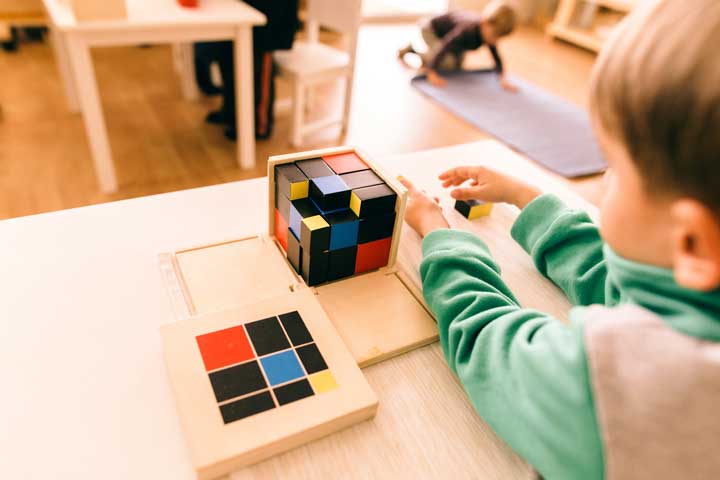
Sensorial development
The children in this young age explore things around them with all of their senses. The results are amazing when we encourage them with special material which is colorful, neat, has logical sequence and isolates one sense and one quality. The children encounter new sensations like perceiving and differentiation of sizes, colours, shapes, sounds, structures, weight, temperature and whatever else their imagination invents.
Language
All of our daily activities are done in the English language. Our instruction materials develop their English skills in a creative and playful way. We start with speaking, then writing and reading. Their language skills are enhanced through the other subjects they encounter throughout their time at our school.

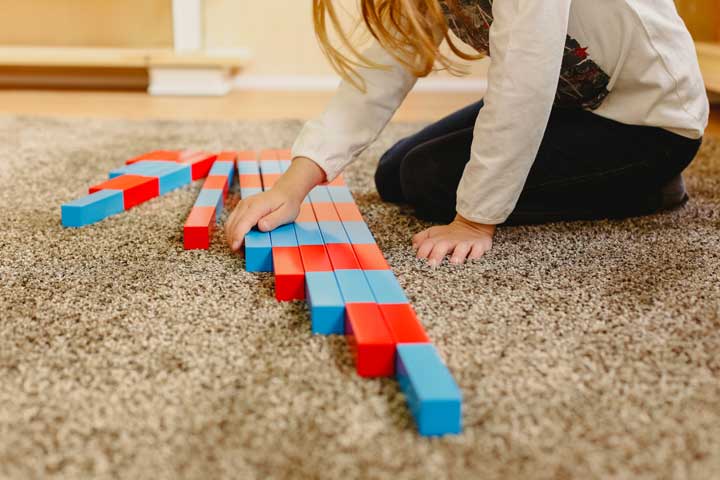
Mathematics
The children become acquainted with mathematics by using their hands. Through the use of their hands they learn units, tens, hundreds and thousands. Next the children explore how to count even higher and how to add, subtract, multiply and divide. We also work with verbal tasks and fractions.
Culture & Sciences
This is a beautiful area the children are in touch with every day. In our classroom they use maps, globes, plants, animals and experiments. They differentiate between what is animate and inanimate. We learn about time, history, seasons, months, days and hours. We also explore outside in the garden where the children learn how to care for plants and animals.

Practical life
This is a very important part of the Montessori environment. This is the first contact your child has with our classroom. Here is where we have the activities your child already knows from home. Here we talk mainly about safe walking and space orientation, manipulation of daily objects, polite behavior, self care and basic maintenance and preparation of snacks. This area indirectly prepares children for writing, reading and mathematics.

Sensorial development
The children in this young age explore things around them with all of their senses. The results are amazing when we encourage them with special material which is colorful, neat, has logical sequence and isolates one sense and one quality. The children encounter new sensations like perceiving and differentiation of sizes, colours, shapes, sounds, structures, weight, temperature and whatever else their imagination invents.

Language
All of our daily activities are done in the English language. Our instruction materials develop their English skills in a creative and playful way. We start with speaking, then writing and reading. Their language skills are enhanced through the other subjects they encounter throughout their time at our school.

Mathematics
The children become acquainted with mathematics by using their hands. Through the use of their hands they learn units, tens, hundreds and thousands. Next the children explore how to count even higher and how to add, subtract, multiply and divide. We also work with verbal tasks and fractions.

Culture & Sciences
This is a beautiful area the children are in touch with every day. In our classroom they use maps, globes, plants, animals and experiments. They differentiate between what is animate and inanimate. We learn about time, history, seasons, months, days and hours. We also explore outside in the garden where the children learn how to care for plants and animals.

This is how our typical day looks.
| 08:00–08:30 | Children arrive |
| 08:00–11:00 | Working session/morning snack |
| 10:30–11:00 | Circle time – project of the day, theme of the month, reading, singing, talking |
| 11:00–12:00 | Outside activities |
| 12:00–13:00 | Hygiene, lunch |
| 13:00–13:15 | Pick up of children who join only half day programme |
| 13:00–13:30 | Rest/sleep, books reading |
| 13:30–15:00 | Outside activities |
| 15:00–15:30 | Hygiene, afternoon snack |
| 15:30–16:00 | Pick up of children |
| 15:30–16:15 | Afternoon activities |
| 16:00–17:00 | Afternoon club |
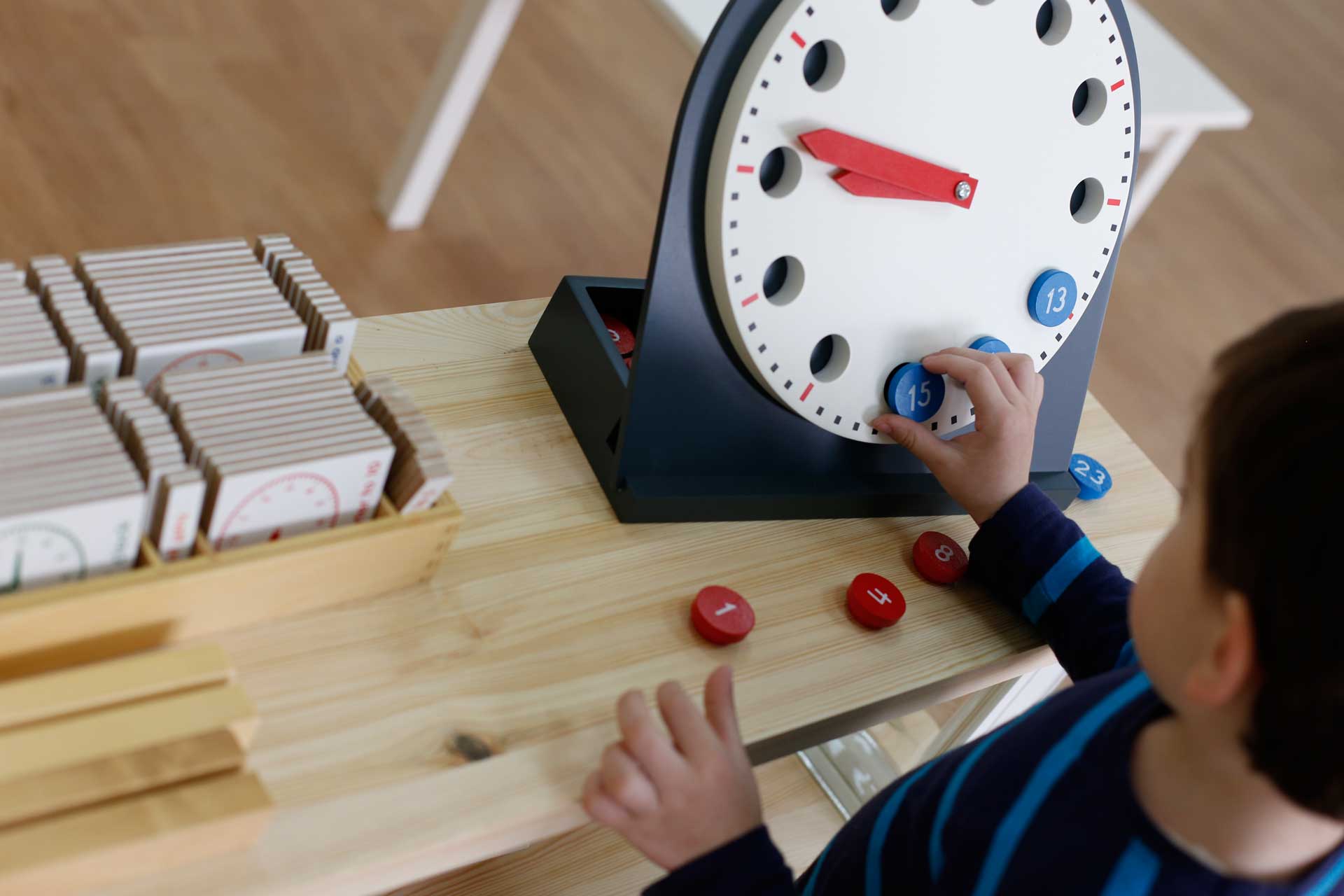
08:00 – 08:30: Children arrive
08:00 – 11:00: Working session/morning snack
10:30 – 11:00: Circle time – project of the day, theme of the month, reading, singing, talking
11:00 – 12:00: Outside activities
12:00 – 13:00: Hygiene, lunch
13:00 – 13:15: Pick up of children who join only half day programme
13:00 – 13:30: Rest/sleep, books reading
13:30 – 15:00: Outside activities
15:00 – 15:30: Hygiene, afternoon snack
15:30 – 16:00: Pick up of children
15:30 – 16:15: Afternoon activities
16:00 – 17:00: Afternoon club

Supporting

In cooperation with Centrum Dialog our preschool supported African girl Nadia Ramadhan.
